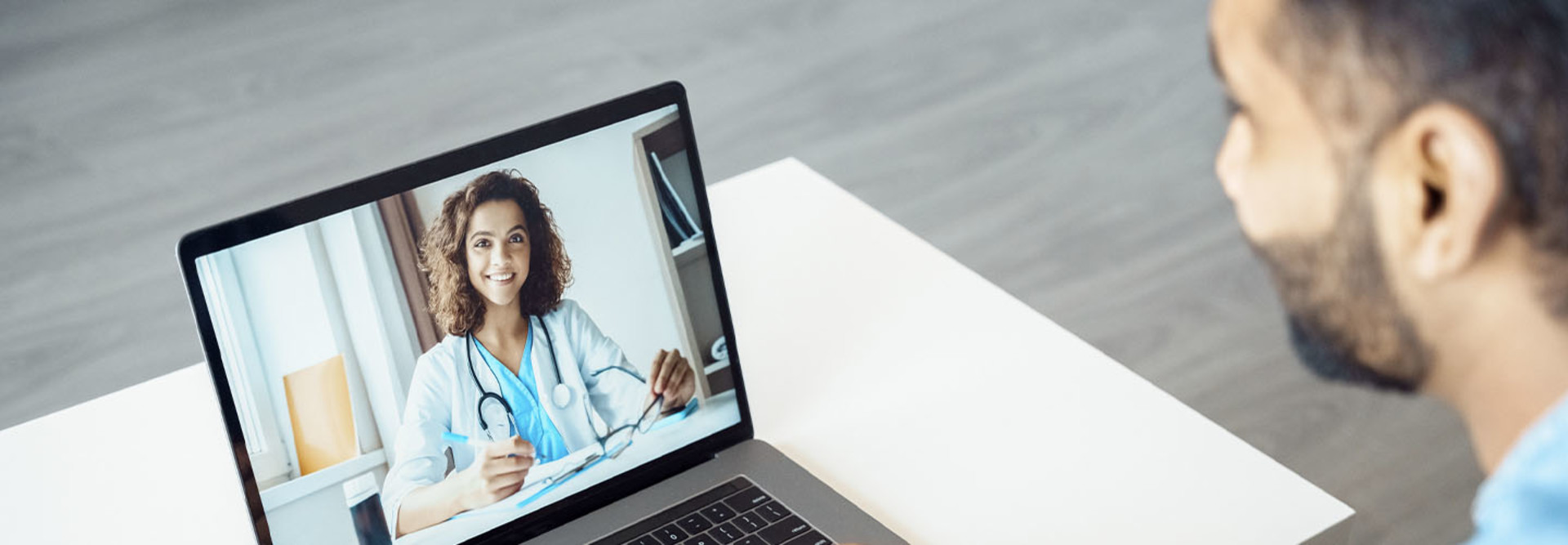Better Experiences for Patients and Providers
While I was initially skeptical of how patients would take to this technology, they really like it because it’s easy to use and helps maintain their health improvements. Most of these patients want to have closer supervision without hospitalization, and with these devices and the medical team that backs them up, the extra support they need is always close by.
Patients who live in rural areas may have to drive for one or two hours to a clinic for something as simple as a medication change. With RPM, medication adjustments can be made without a trip to the office. Patients also are reassured between visits by knowing someone is keeping an extra eye on their health, which in turn makes them more accountable and engaged with their own care. Many have told me that they never knew when their blood pressure or weight were out of range. With better knowledge, they are starting to develop healthier habits and learn how to prevent swings in their health.
The program is equally beneficial to me as a practicing physician. Knowing experienced clinicians are monitoring patients’ blood pressure, blood sugar and weight — and catching small trends in the wrong direction — has taken weight off my shoulders and greatly reduced the pressure on clinic staff.
EXPLORE: How do remote patient monitoring and AI personalize care?
How RPM Programs Develop Teamwork
Admittedly, one concern when starting the program was that I would lose control of medical decision-making for my patients, but the reality has been the opposite. Working with the remote clinical team has been structured and seamless because it is fully integrated into our electronic health records system, and we have adopted a team-based approach, where the remote clinicians can review my notes, see what medications the patient has tried before and reach out to confirm any suggested medication change with me.
The RPM program provides complete data and allows us to quickly determine, for example, whether a patient’s blood pressure has stabilized. We can then move forward with a medication refill rather than having the patient in clinic for an office visit and a new round of labs.
Across Utica Park Clinic, we are now monitoring more than 1,400 patients. Before enacting this program, many patients would come for their office visit and show elevated blood pressure because they were a little anxious. This could have led to unnecessary or potentially harmful adjustments to their medication. Since we’ve been able to monitor them at home with daily readings, we’ve discovered that they are doing better than we thought. That’s an excellent example of one of the best parts of RPM: It provides a more accurate and comprehensive picture of how well a patient fares at home and enables us to give them the best possible care.











